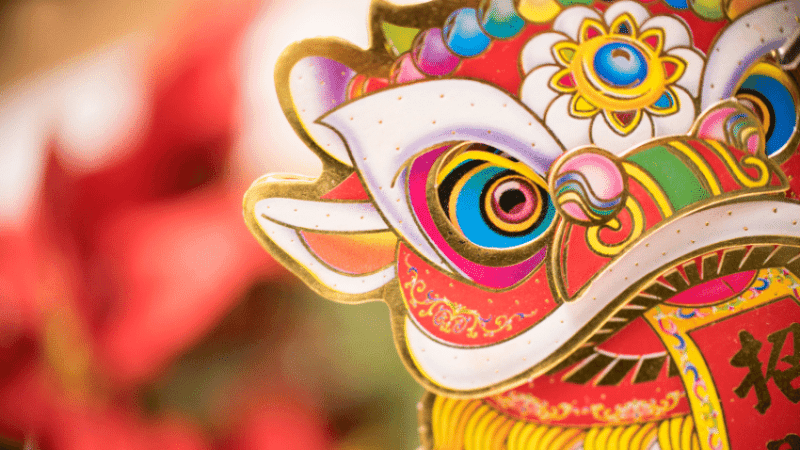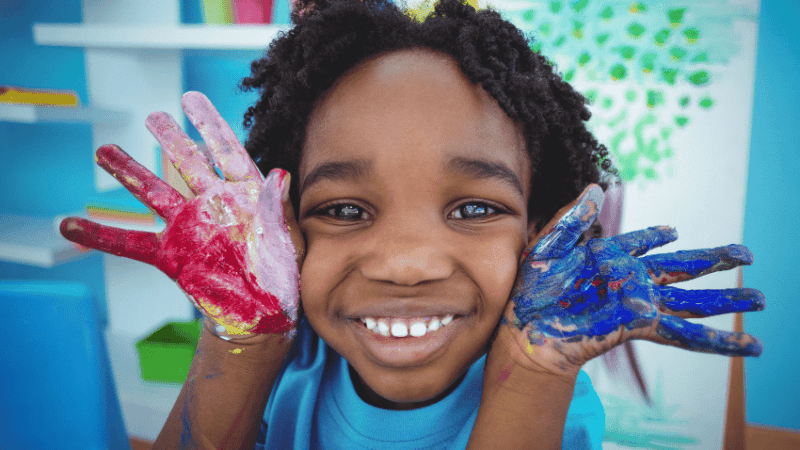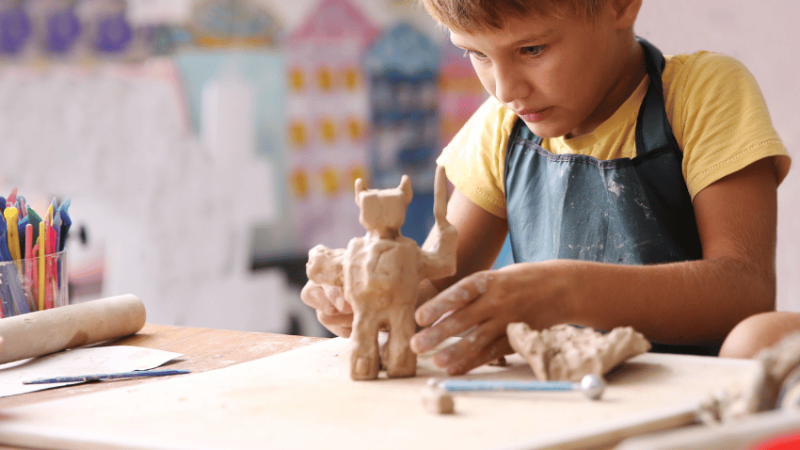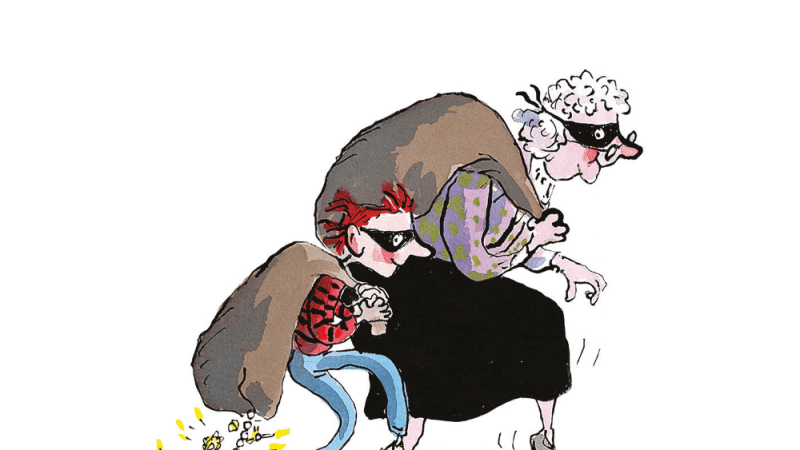Art projects – How one group of schools is using the arts to teach the whole curriculum
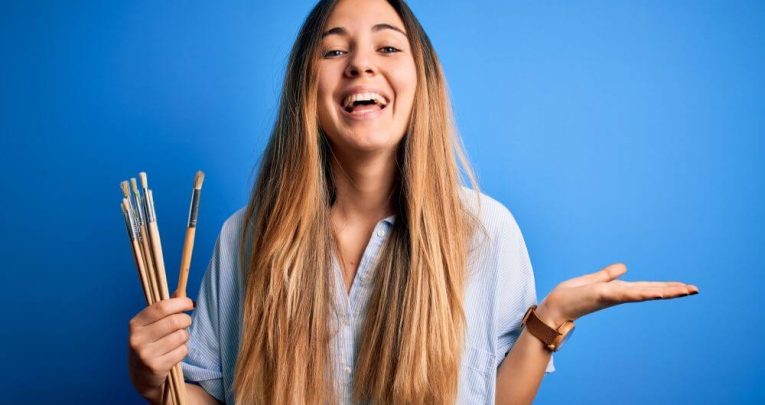
Don’t relegate creative lessons to once in a blue moon, says Colin Morley…
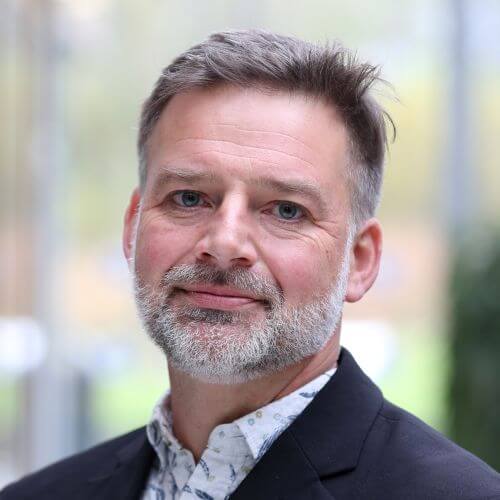
- by Colin Morley
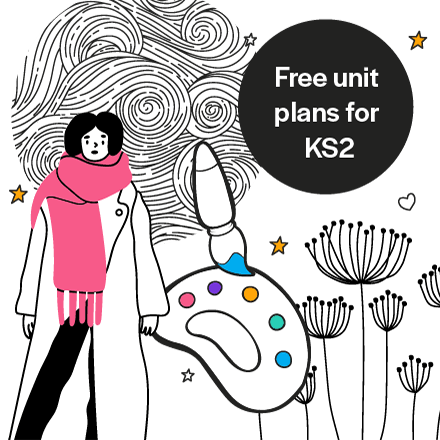
From an external perspective, the place of arts in schools looks contentious.
They’re not a primary core subject and an exploration of initial teacher education provision reveals that, in fact, barely half a day per year is given over to arts subjects on primary PGCEs.
This gives an impression that the arts within education are viewed as deficit – if viewed at all. However, primary teachers know that arts and creativity are deeply embedded within schools. Primary classrooms are bursting with painting, singing, drama and writing stories – it’s what makes them such rich and welcoming environments.
An ongoing three-year project in the north west of England organised by HMDT Music, a national charity providing arts projects for young people, is using the arts not just for teaching traditionally ‘creative’ subjects, but as vehicles for teaching the whole curriculum.
Each of the six primary schools involved in the project, called TIME, nominated two teachers to work in turn with a visual artist, a musician and a dramatist during the first two terms of the project, along with a host of other artists in a much larger summer project.
Firstly the teachers and artists contact one another and jointly plan a morning or afternoon session. This is curriculum-based and is led by the artist. In the second term another session takes place, this time led by the teacher with the artist supporting.
The summer project is a much larger affair, with the teachers specifying what particular artistic help they need to help create it. This has consisted of film makers, dancers and a wide range of other arts specialists, including a Punch and Judy performer.
Same language
At the start of the project some of the teachers were anxious, feeling as though they were going to be judged on their artistic abilities, rather than their teaching. However, because all the artists involved were experienced in working with schools these fears were quickly allayed.
The artists and teachers were soon talking a similar language, as the teachers began to see the arts as process-based, rather than dominated by a need for a specific outcome – just like teaching.
This focus on process fed through to the pupils, leading to what one teacher called a “freeing up” in how the children worked – it’s OK to cross out; it’s expected that you might get your words mixed up when rapping; when you’re working on a piece of drama it’s understandable that you might not realise where your character is supposed to stand.
So, how does this all feed into the curriculum? Here’s a few examples of the projects schools have undertaken so far:
Roman rapping
One teacher and artist pairing came up with a simple beat. The teacher then wrote and performed a rap about how modern society has benefited from the Romans. The students were enthused by this.
Each group was given different aspects of the Roman influence on Britain to deal with (food, roads, the sewerage system, etc) and worked together to create and write their own raps which they performed and recorded with a backbeat. The raps covered the demands of the history curriculum, as well as boosting pupils’ literacy skills.
Dramatised Darwin
One school decided to dramatise Charles Darwin’s life and ideas, rather than simply reading and writing about it. The teacher reported that the boy who played the lead in the drama, who was previously disengaged in class, saw a massive boost to his confidence and attainment.
Stone age dioramas
To explore the life of Stone Age Britons in the local area, one artist and school team created a diorama of what a local site would have looked like in its prime. Pupils made model houses, people and animals and were encouraged to ‘storify’ what the different characters were doing.
These stories were then written up (on suitably ‘vintage’ tea-stained paper) and made into a book.
Pharaoh film
For their summer project, another school decided to make a film of the discovery of the tomb of Tutankhamun. This involved a whole host of processes such as creating the tomb and carving out from soap some of the treasures found inside. The filming was also part of the learning process as the pupils helped on the technical side.
The movie was put on the school website for parents and carers to see.
Summer project
In the spring term Covid arrived and direct contact between schools and visitors became difficult, to say the least. However, all was not lost. It was decided that this year’s summer project would involve creating an online puppet show for schools to watch.
Pupils were able to watch the artists who had visited them earlier that year give pre-recorded workshops on how to create scripts, develop and draw characters and make background music.
Since schools returned after the summer, pupils have been talking to their artists via Zoom.
This is obviously a bit different, and means that the artist and teacher need to plan a little harder for all possible eventualities (rather than being able to deal with them in the moment), but so far reviews from both teachers and pupils have been very positive and point to how the long tradition of artists and schools working together might be possible in the future.
Six attention-grabbing projects
Don’t have access to artists and no Picasso yourself? Fear not – here are some easy ways to use the arts to engage your pupils…
- Using simple instruments or voices, create a backing soundtrack for a London street scene, a poetry reading or a description of a landscape.
Colin Morley was an English and drama teacher for 27 years. He now works at the School of Education at the University of Nottingham. Find out more about the TIME project at hmdt.org.uk.





